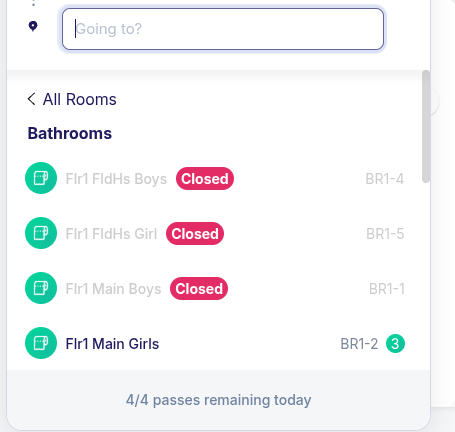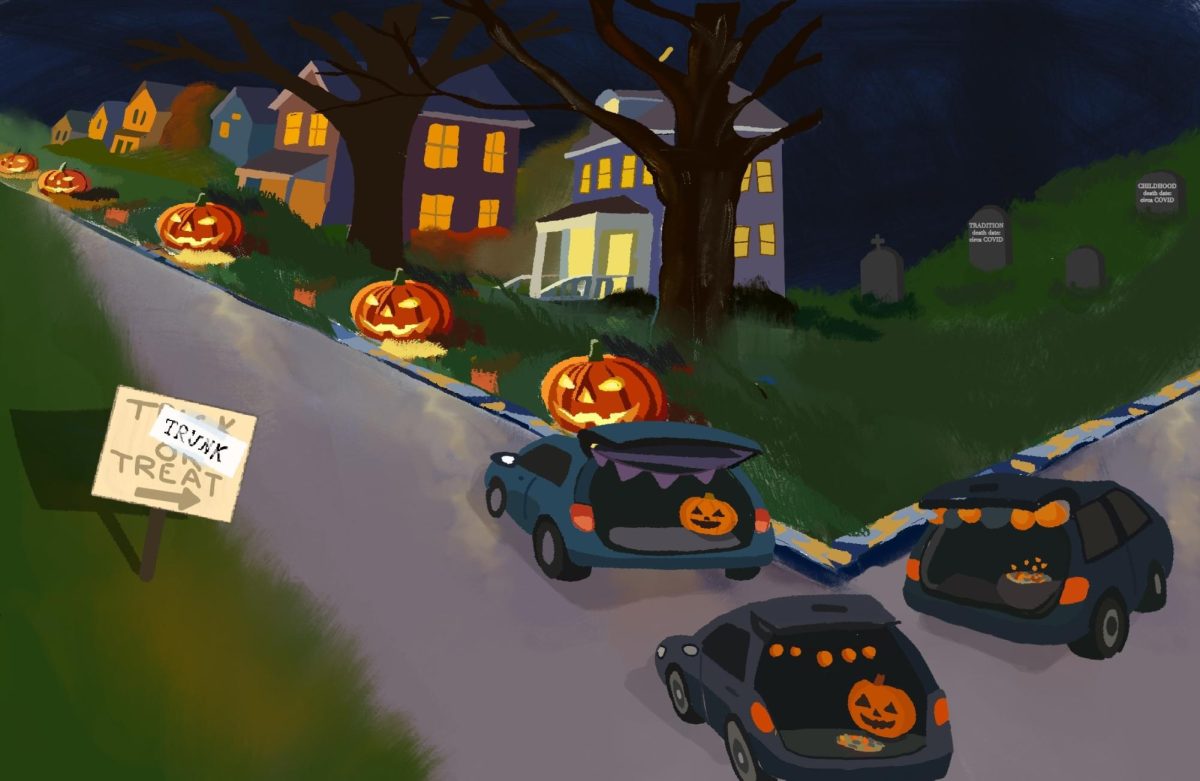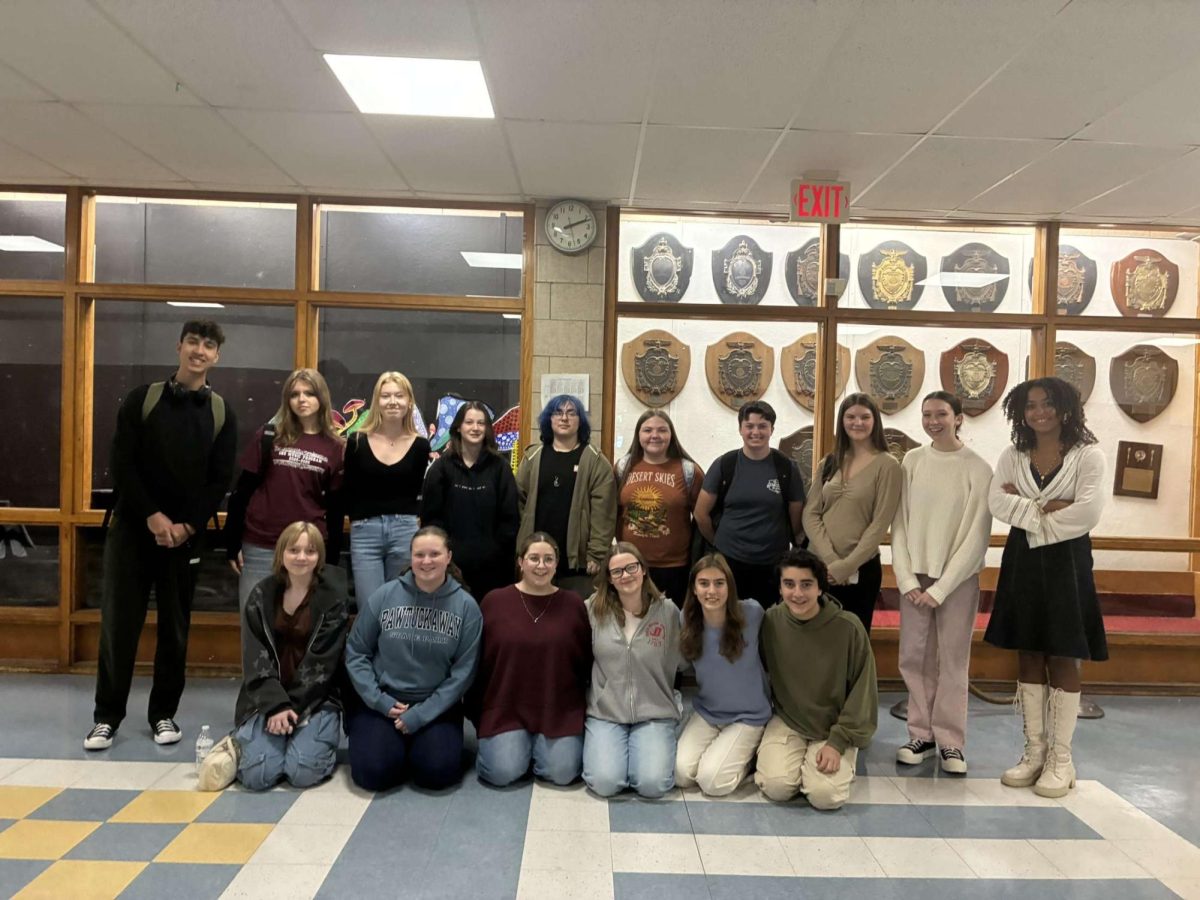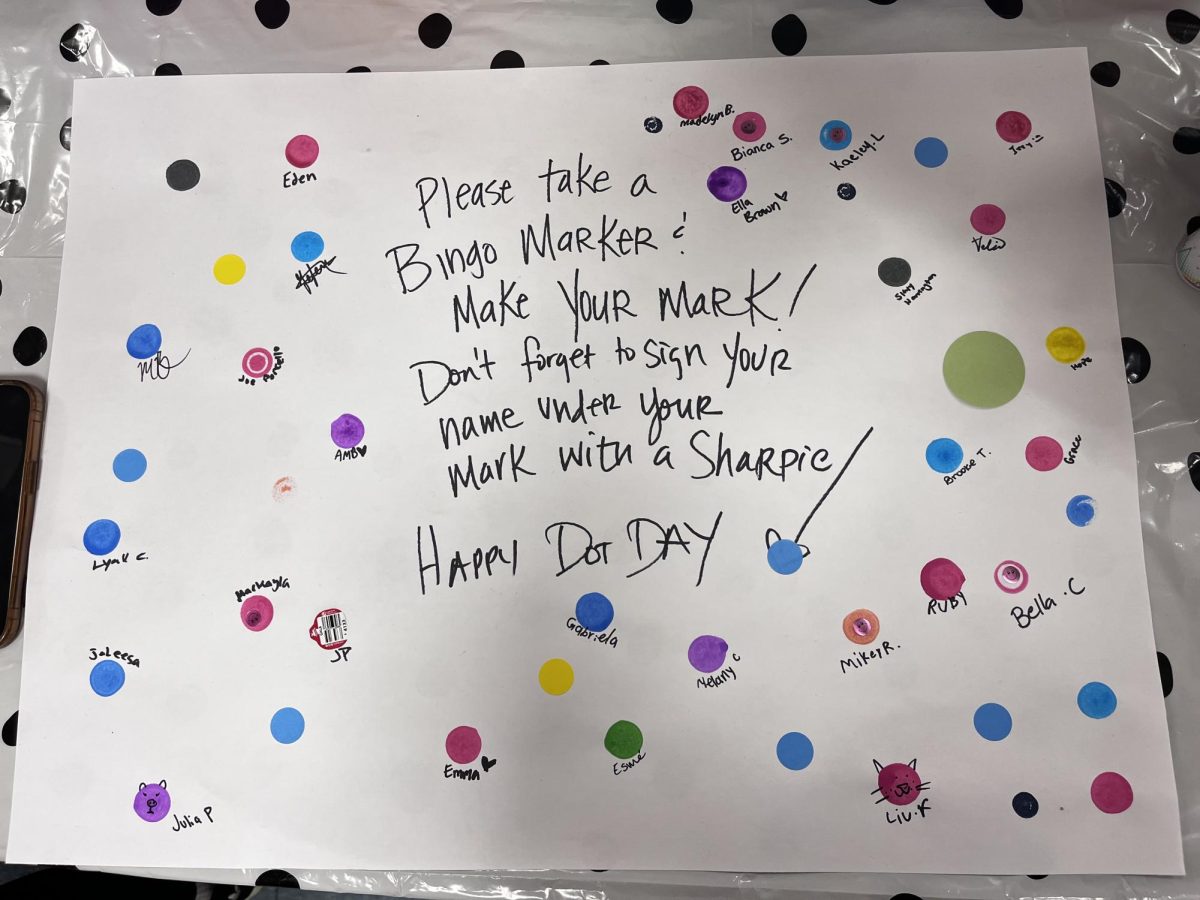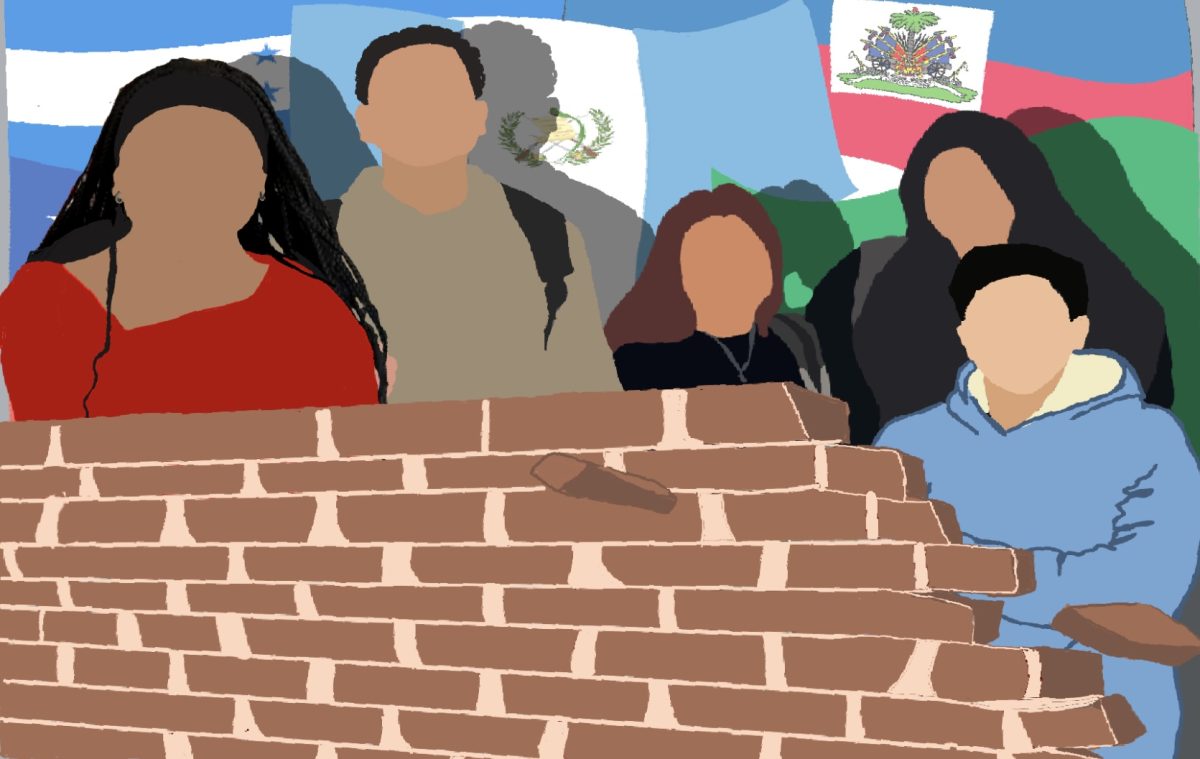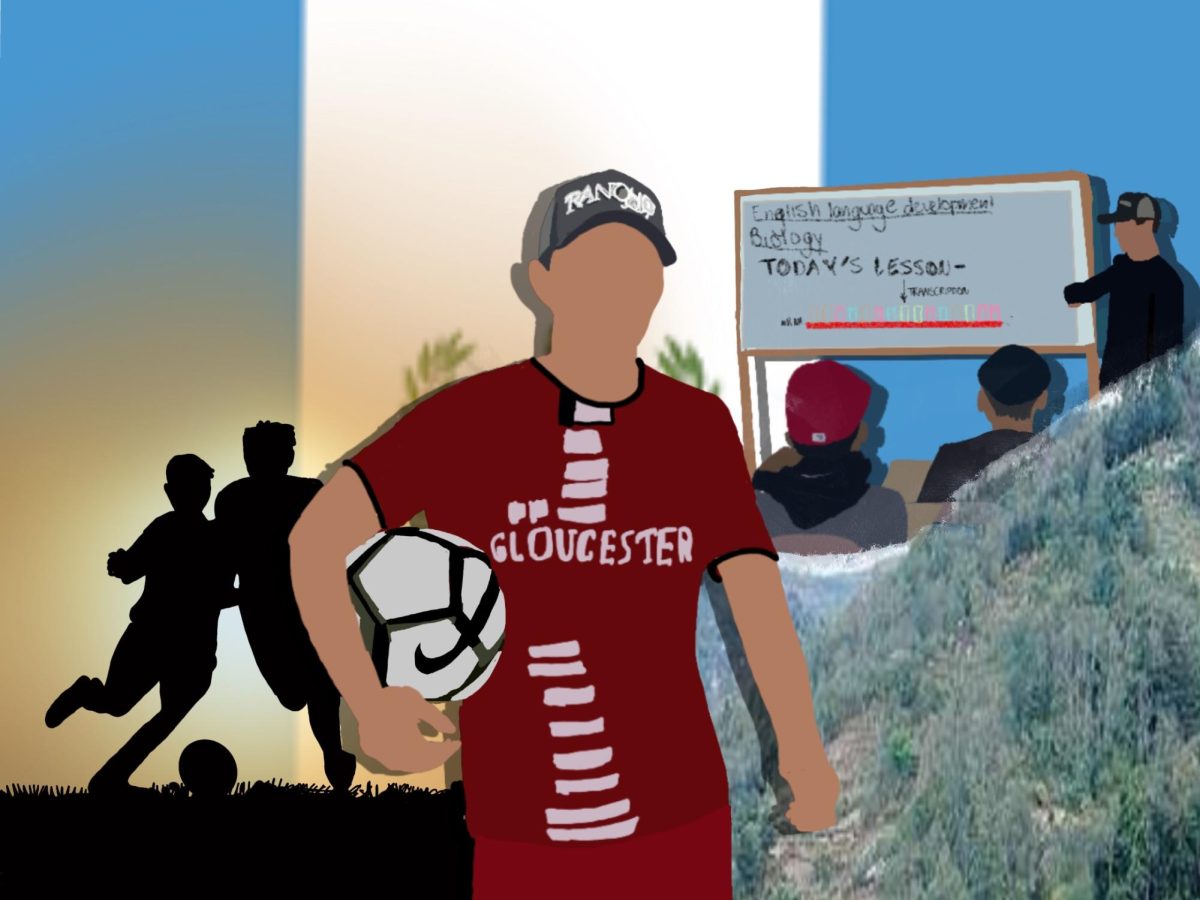While many of us struggle to master one language –English– Gloucester High School sophomore Rihanna Leina has nearly learned four. A native Haitian Creole speaker, she’s also fluent in Spanish and can understand French and English.
But many Gloucester High students have no idea about her impressive language skills. To them, Leina is just another multilingual student, separated by a language barrier.
“It was difficult for me to integrate because almost everyone spoke English besides me,” Leina told me in Spanish.
During this interview, Rihanna and I were sitting in the loud Gloucester High cafeteria at a table tucked away in a corner. Jennyfer and Monica, from Guatemala, sat on one side, while Naomi, from Honduras, sat on the other.
Around us, American students chatted with friends about difficult teachers or sports scores. But at this table, the conversation focused on other topics: the students’ immigration journeys, life in their home countries, and what a future in the United States means to them.
Though they enjoyed the same cafeteria pizza as their classmates, the Latin American students’ starkly different conversations highlighted how Gloucester High’s multilingual population has woven a tapestry of backgrounds and experiences in our student body.
Gloucester High’s multilingual students have a story worth telling — and there is so much to be learned from each one of them.
When outsiders think of Gloucester High School, winning sports teams and honor roll students in the paper likely come to mind. But for a school where 15% of students speak multiple languages and 10% are learning English, there is little recognition of one thing that sets Gloucester High apart: its diversity.
“Everyone has something to offer to learn from,” Multilingual Program Leader Sabrina Giordano said. “To have diverse populations, it’s good to see where other people come from, what their life experiences have been, and what school was like where they were.”
For most students, adjusting to the coursework, teachers, and social dynamics of high school can be difficult. Being unfamiliar with the language, country, and culture on top of that can make the environment seem impossible to navigate. But that’s the reality for every single multilingual learner.
“The biggest challenge [of moving here] was definitely learning English,” said sophomore Ian Dutra, who is from Brazil. “I usually talked to people through Google Translate.”
When a non-English-speaker enters GHS, they are placed in English Development core classes, so they spend most of their days learning with other immigrants. It’s understandable that students often feel more comfortable with classmates from similar backgrounds, and it is often hard for them to transition into classes with English-speaking students.
“Most of the students that I’ve talked to, they actually get intimidated when it’s time to move on to mainstream classes,” said Giordano. “Most of them enjoy being in cohorts with people at the same language proficiency as they are.”
But there is a downside for the rest of the GHS population in having the multlilingual (ML) students separate. Having so few students and teachers who understand and connect with ML students can lead to stereotypes that immensely misrepresent these students’ true characters.
“I think they get a bad rep,” said Allison Walsh, who teaches math to ML students. “ Like, ‘Oh, they don’t want to be good students, they don’t want to try hard.’ But they come in at a disadvantage that is unlike anybody else’s disadvantages, both with trauma and gaps in education — and then a language barrier.”
And this language barrier can hide the true intelligence these students have to offer.
“One misconception is, ‘Oh, they don’t speak English, they don’t know anything,’” Giordano said. “No, they know everything in their language, they just need to learn it now in English.”
And then there’s their attendance. While some might assume frequent tardies and missed days are due to a lack of interest in education, it is instead because some students’ lives are so different than those of other teens.
For those who have come to the U.S. in search of work, they must find a job. Most students end up working for many hours a week to support their families, yet they also have to find time to be a student. For paraprofessional Hector Rivera, a former multilingual student himself, their struggles make perfect sense.
“They just have different priorities,” said Rivera. “It’s like ’Do I go to school and learn something, or do I help out in putting food on the table?’”
When people look past the low attendance and language-related disconnect, they might see something that unifies all immigrant students: an incredible sense of resiliency.
Journeying to the United States and being immersed in a foreign country means that these students have had more life experiences than most at their age. That makes them more resourceful and well-rounded, says Giordano.
These students’ journeys provide lessons for their American-born classmates.
“It’s great for students to see kids from all over and realize that life’s not always easy,” said Walsh. “I think the kids that have actually gotten a chance to know the ML kids really appreciate them and their stories and what they have to offer. And I think they’ve made really great connections.”
GHS Principal James Cook says that the diversity in the world is reflected in the diversity in our school.
“I strongly believe that our students learn as much from being with people who are different from themselves as from the curriculum,” Cook said. “That’s the best preparation for being in the world.”
Learning about people from different backgrounds can help you become more well-rounded and prepared for the world. And it all starts with reaching across that language barrier.
“Many ESL [multilingual] students, they want to make friends, but because they don’t speak the language, they can’t,” said Jeferson DoCarmo, a junior who is from Brazil. “But I would recommend that if people go and talk to them, they’re gonna be happy they did.”
Next story in this series: Franklin’s Dream.
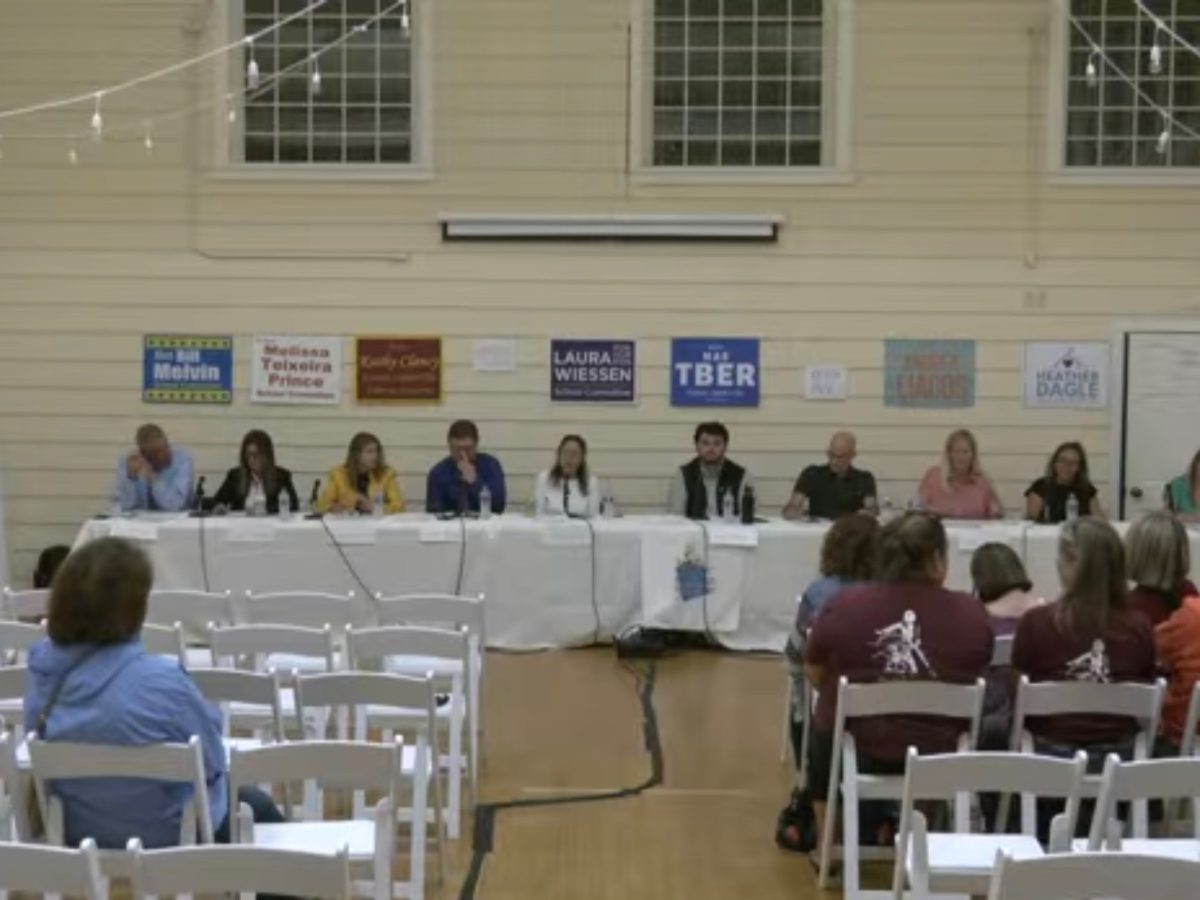

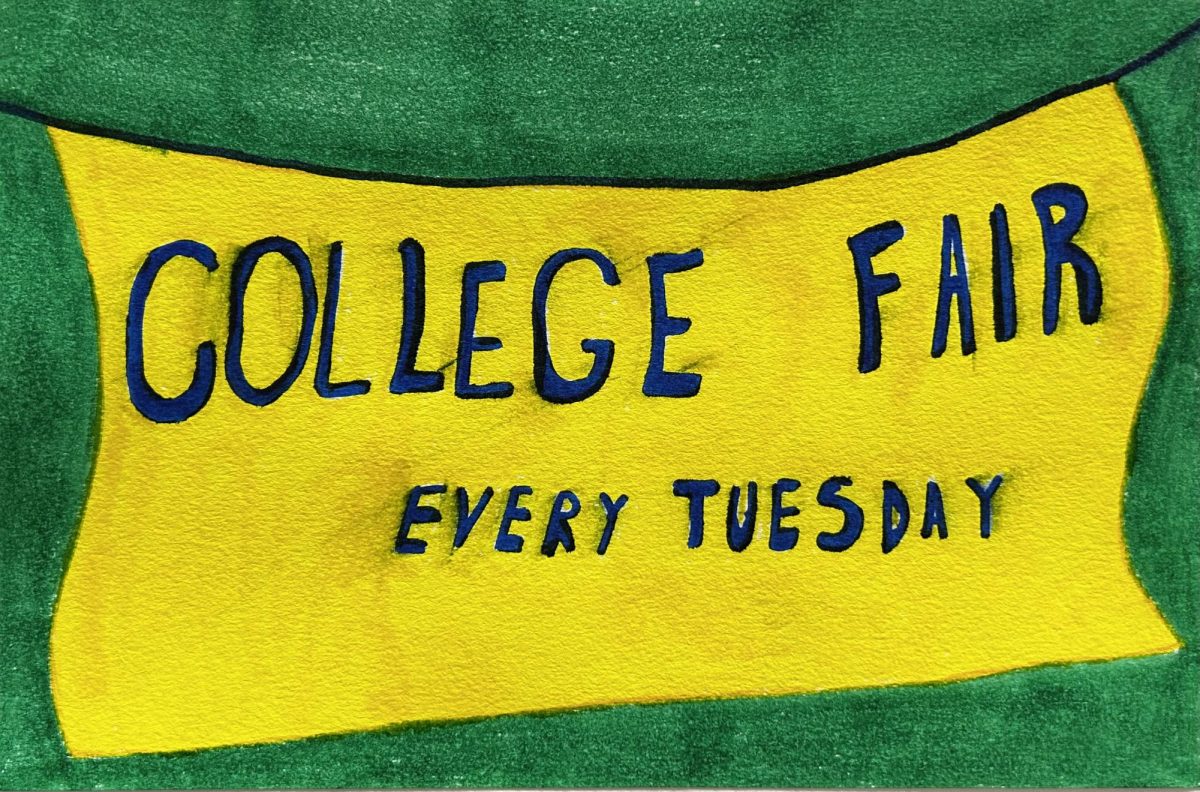
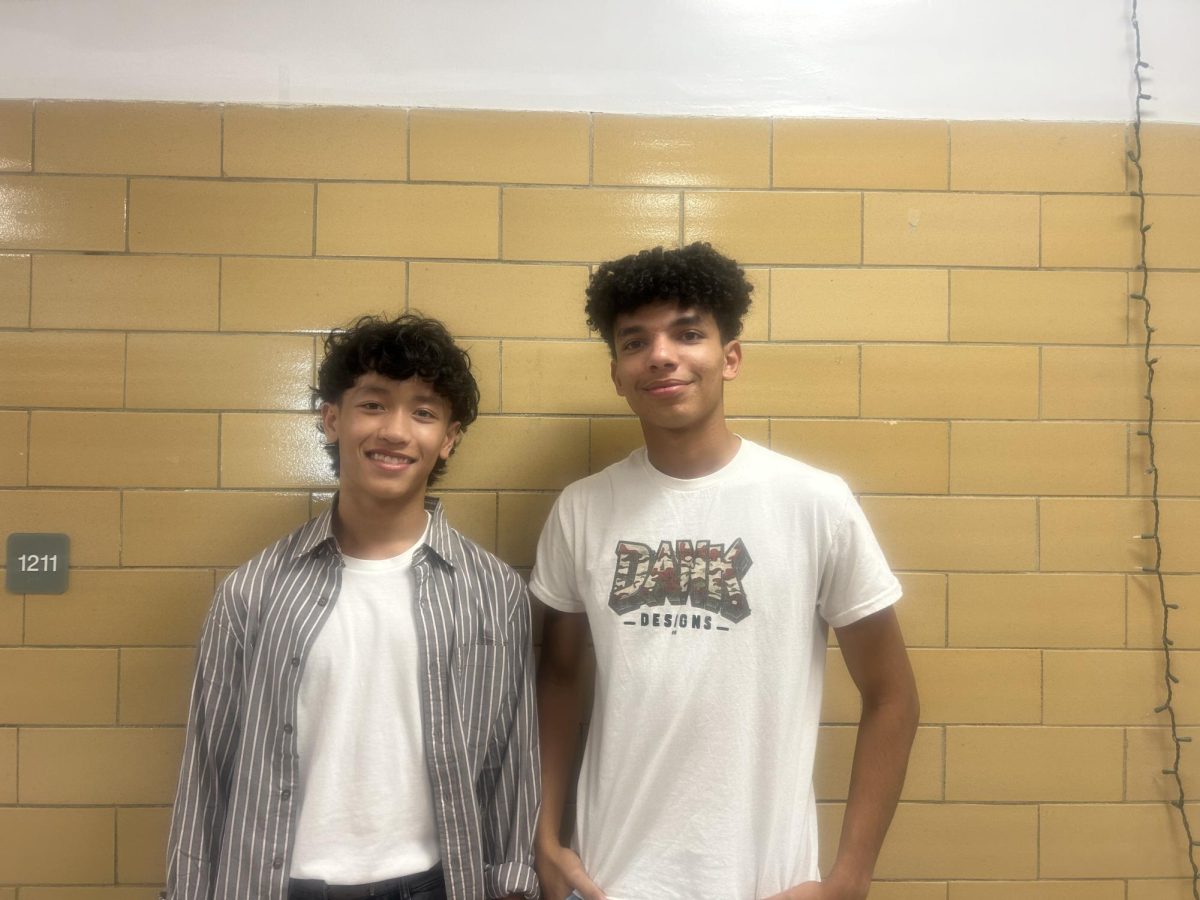



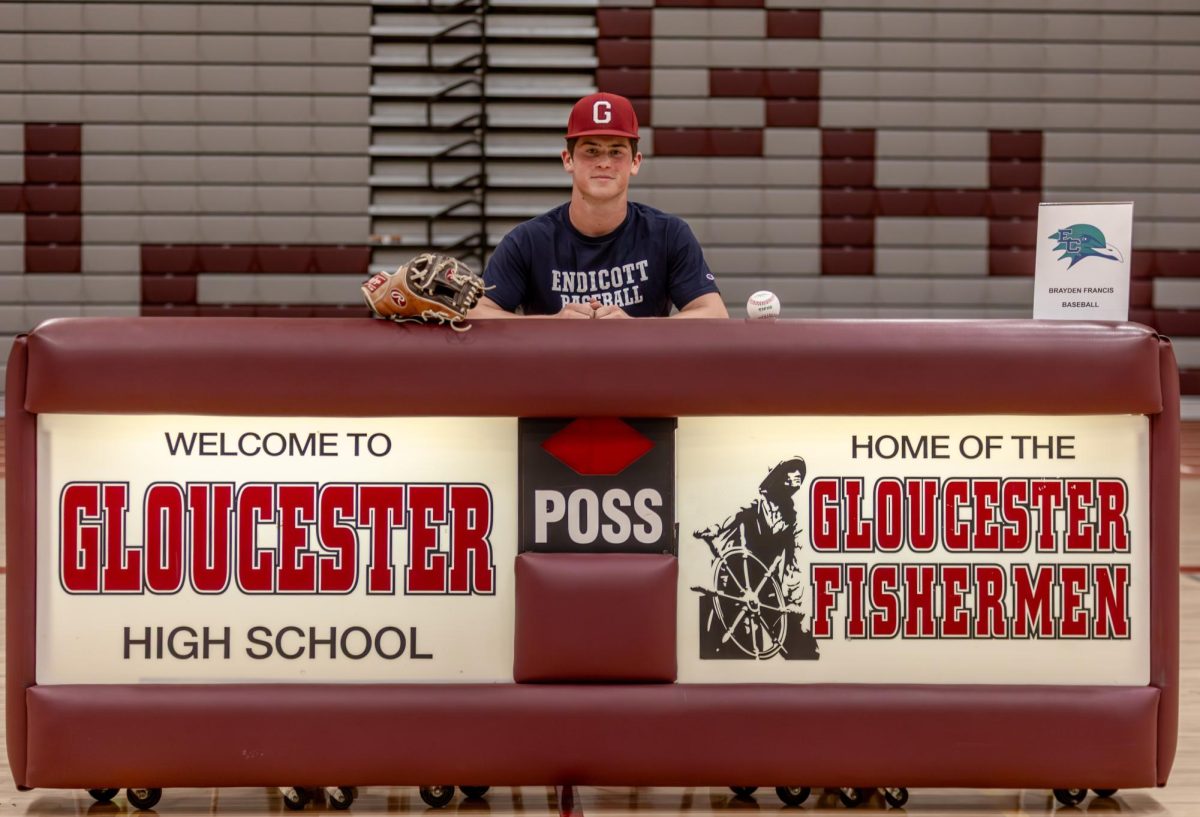

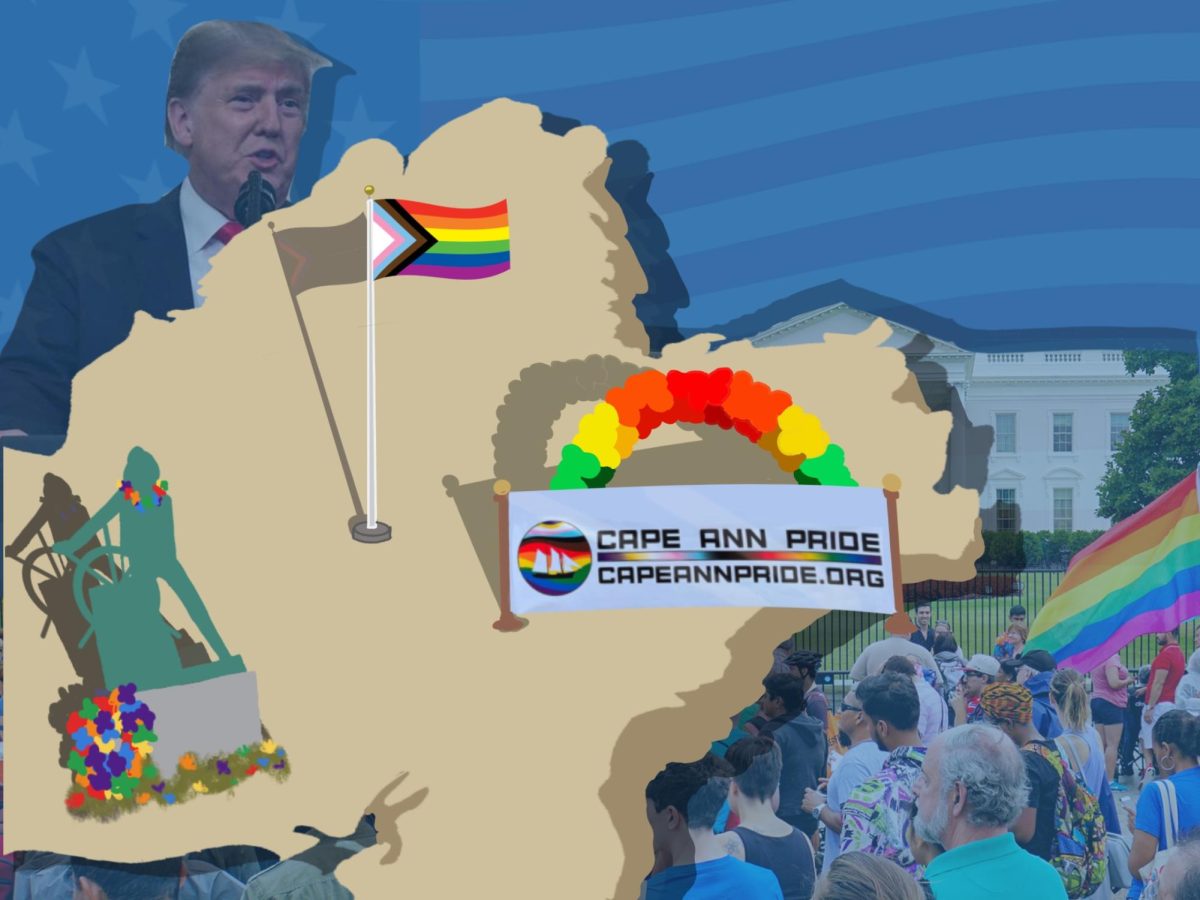
![The Volleyball team poses after their win. [Photo courtesy of GHS Volleyball]](https://thegillnetter.com/wp-content/uploads/2025/10/IMG_6936.jpg)
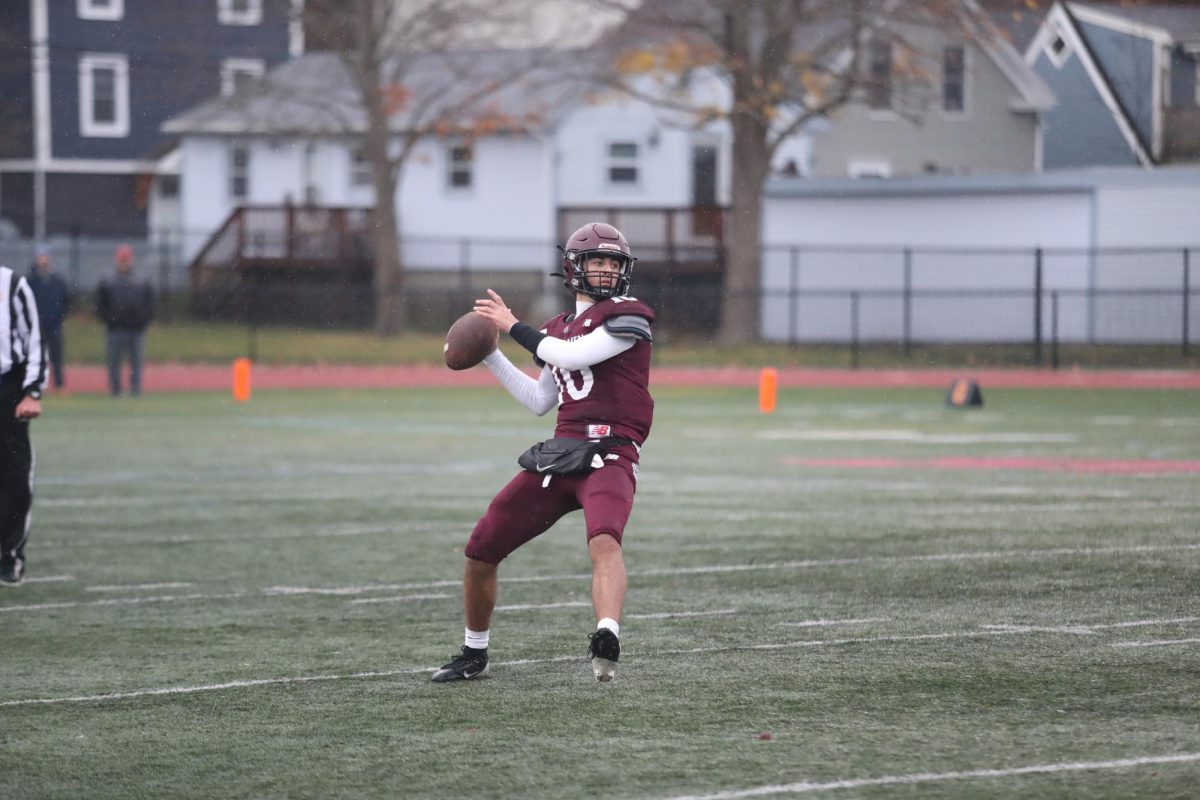
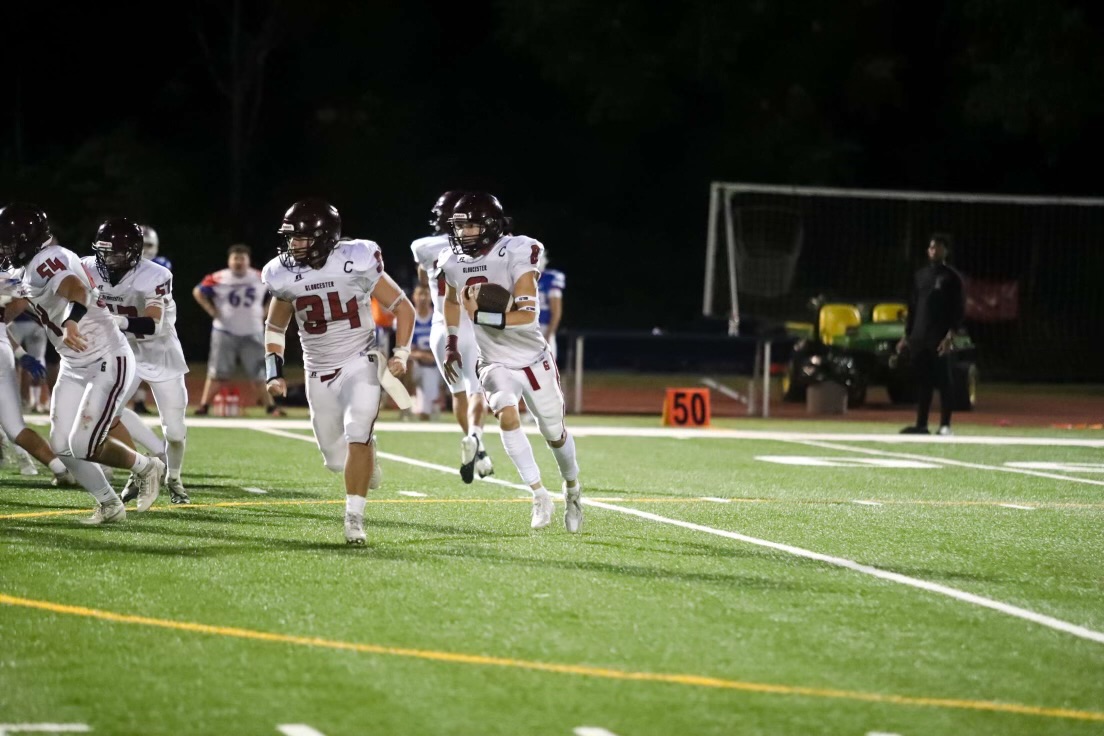
![The GHS/MERHS senior cross country runners pose together on Senior Night. [Photo courtesy of Manchester-Essex Athletics]](https://thegillnetter.com/wp-content/uploads/2025/10/Screenshot-2025-10-10-at-11.18.29-AM.png)


